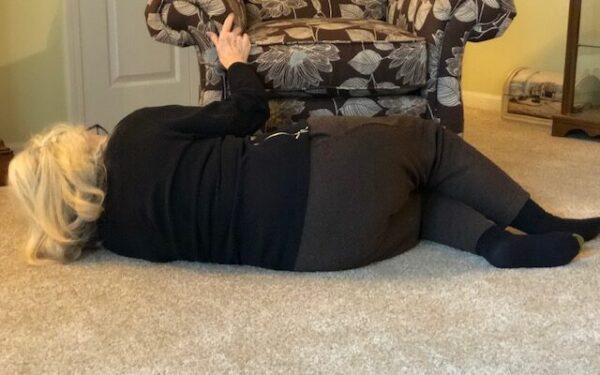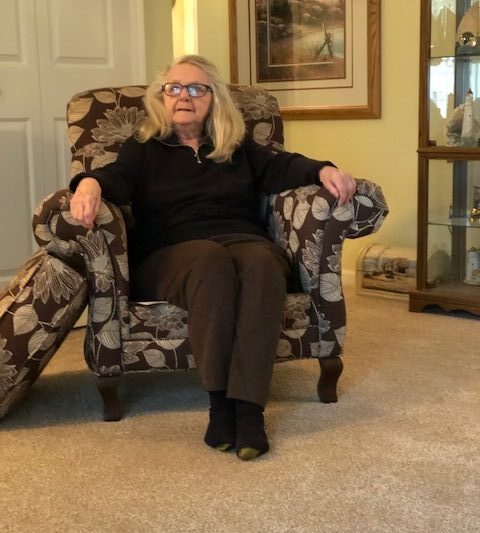1 in 4 adults over the age of 65 years falls annually.
The Centers for Disease Control and Prevention report rates increase in tandem with advancing age. While falls can occur outside, Bergen et al. have reported 82% of falls occur in the home. However, an inability to get up from the fall can have serious consequences.

35% of those > 65 years, 47% if > 75 years, and 80% if > 90 years have reported a “long lie” after a fall – an increased time on the floor due to an inability to get up after a fall (Fleming et al.). When this happens, complications related to an older person’s health may include serious injuries from the elongated down time, hospital admissions, and subsequent long-term care needs.
One contributor to increased time on the floor is a physical inability and/or a hesitation on the part of the older adult to summon emergency medical services or other assistance promptly after the fall occurs. Fleming et al. assert perceptions around the use of call alarms impact a persons willingness to use these technologies. Specifically, irrelevance, concerns about independence, and practical difficulties may be limitations to this prevention focused option.

HOP-UP-PT has developed an in-home educational module with the aim of preventing “long lies”. This therapist focused educational program was developed in 2021. A research-focused launch included 30 older adults in three Michigan communities. It demonstrated evidence for its utility in increasing confidence and knowledge among participants. One component of the educational module is the HOP-UP-PT Safe Fall Recovery Video. It was developed by Oakland University Researcher in Auburn Hills, Michigan and funded by a 2020 Michigan Health Endowment Fund-Healthy Aging Award.